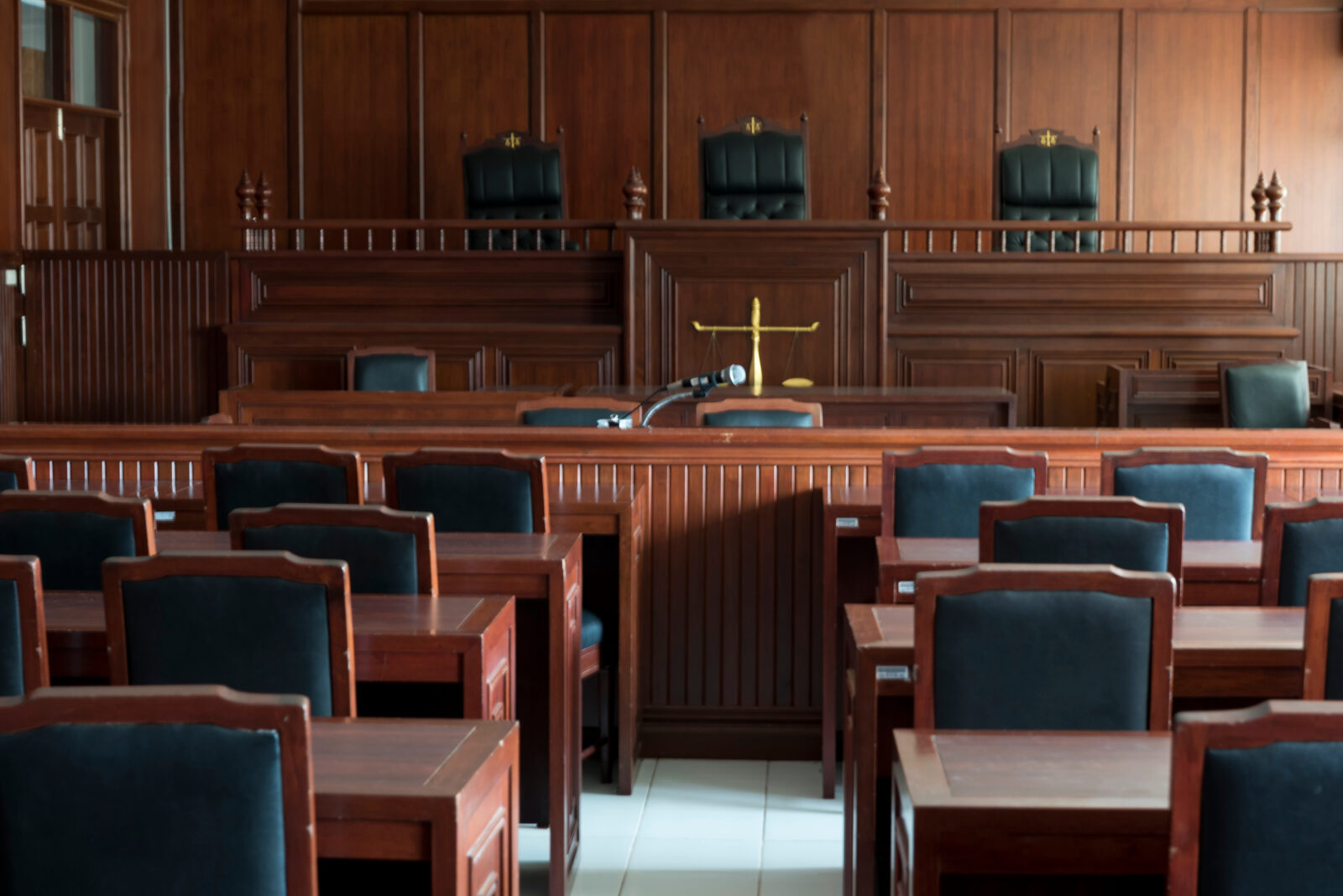/Passle/5d9604688cb6230bac62c2d0/SearchServiceImages/2025-11-10-13-20-21-687-6911e6952100bb49e7960893.jpg)



Trustees play a crucial role in safeguarding intellectual property assets. This article outlines ten key considerations to help trustees identify, protect, and manage these valuable assets.
Safeguarding and managing intellectual property rights requires special attention and the use of effective strategies for the identification, protection and enforcement of these often valuable assets.
IP can take many forms and can be both registered and unregistered. For instance, whilst people often think of registered trade marks, designs or patents, it can also include the goodwill attaching to a brand (which is protected by the law of passing off), or the copyright arising in typographical arrangements or written, artistic or musical works. For example, copyright can exist in original website content, including text, images, videos, and code.
Trustees can use the UK Intellectual Property Office (‘UK IPO’) register as a helpful starting point to carry out searches to identify UK registered rights for trade marks, designs and patents. However, intellectual property assets will often go wider than this in both their scope and jurisdictional coverage.
A specialised IP lawyer/attorney is best placed to assist with a thorough audit and can also help identify any gaps in coverage, vulnerabilities or risks. However, the identification and protection of IP is not the end of the story, and there is much to consider when it comes to maintaining, monitoring/enforcing and exploiting these rights.
This article sets out 10 considerations for trustees to consider.
Key considerations
While each case is fact-specific and dependent on the circumstances, our top considerations include:
- Identifying and understanding the types of IP: an IP audit by a specialised IP lawyer/attorney will assist in the identification and categorisation of IP assets. A good audit will not only comment on the extent of protection but also provide recommendations to strengthen the IP portfolio to ensure it provides robust protection and aligns with evolving priorities, as well as market shifts and changes to the legal landscape.
- Active asset management: this will include accurate and up to date record keeping (such as the type of IP right, territorial coverage, owner details, its renewal or expiry date and any application/registration number), regular reviews to ensure that IP is fit for purpose and that registered rights are maintained and renewed. It also requires having an effective IP policy which outlines commercial priorities and helps define when investment or action might be needed.
- Optimal protection: it is important to identify ahead of time where additional protection should be sought and how IP can and should be protected (for instance, via registered protection for new brands, goods and services or territories or in agreements with third parties such as designers and consultants). Some rights such as patents and designs cannot be registered late in the day.
- Effective monitoring: actively monitoring third party activity is relatively affordable and helps to identify any misuse of IP rights at an early, more manageable stage. There are many tools available for monitoring use – particularly online – and registers can be actively monitored, for example, for similar trade mark filings, company name incorporations or domain name (website) registrations.
- Enforcement: ensuring any third party misuse of IP is promptly addressed is important in maintaining its value and also nipping issues in the bud. A cease and desist letter or registry action at an early stage can be much more cost-effective than infringement proceedings.
- Compliance: ensuring IP legislation is adhered to and that third party rights are not infringed requires careful attention and specialist advice. Practically speaking, this means obtaining advice on the freedom to use and/or register IP assets at the earliest opportunity and acting swiftly in response to any complaints.
- Monetisation/exploitation: IP rights are valuable in their own right and can also be exploited to generate income via licence agreements. They can also be sold (assigned).
- Legal transfer of title: where IP rights are sold, advice should be sought to ensure that assets are properly transferred and, for registered rights, updated ownership information should be recorded on the relevant register (such as at the UK IPO).
- Record keeping: as well as accurate and up to date record keeping, it is important to document pertinent information – for instance keeping a depository of related agreements (licences, assignments or other agreements with third parties, such as coexistence or settlement agreements), records of where/when/how IP was created and by whom and evidence of where and how IP is used. When it comes to trade marks, there is a requirement to demonstrate use in relation to the registered goods and services, otherwise the mark may be vulnerable to cancellation.
- Seeking professional advice: many trustees will benefit from appointing an IP lawyer/attorney to assist with the management of IP assets to ensure that IP rights are managed effectively, deadlines are met and protection and enforcement is actively managed.
How can we help?
Burges Salmon’s specialists offer a full service approach, assisting with IP management, transactional IP and monitoring and enforcement. If you wish to discuss any of the matters raised in this article, please do get in touch with Emily Roberts, Amy Salter or Bethany Wheeler-Fowler.



/Passle/5d9604688cb6230bac62c2d0/SearchServiceImages/2025-10-07-14-59-58-967-68e52aee760e4a63435ac3ca.jpg)

/Passle/5d9604688cb6230bac62c2d0/SearchServiceImages/2025-09-29-17-35-02-016-68dac346f6347a2c4b97a2da.jpg)

/Passle/5d9604688cb6230bac62c2d0/SearchServiceImages/2025-09-29-11-02-13-892-68da6735fb65c3eadd95c59a.jpg)
/Passle/5d9604688cb6230bac62c2d0/SearchServiceImages/2025-09-09-11-47-08-572-68c013bc9f45ff40ffad3758.jpg)
/Passle/5d9604688cb6230bac62c2d0/SearchServiceImages/2025-09-22-15-29-51-454-68d16b6fec772d3acc159ae3.jpg)
/Passle/5d9604688cb6230bac62c2d0/SearchServiceImages/2025-09-22-09-27-37-053-68d11689804c8cc59b4dd832.jpg)